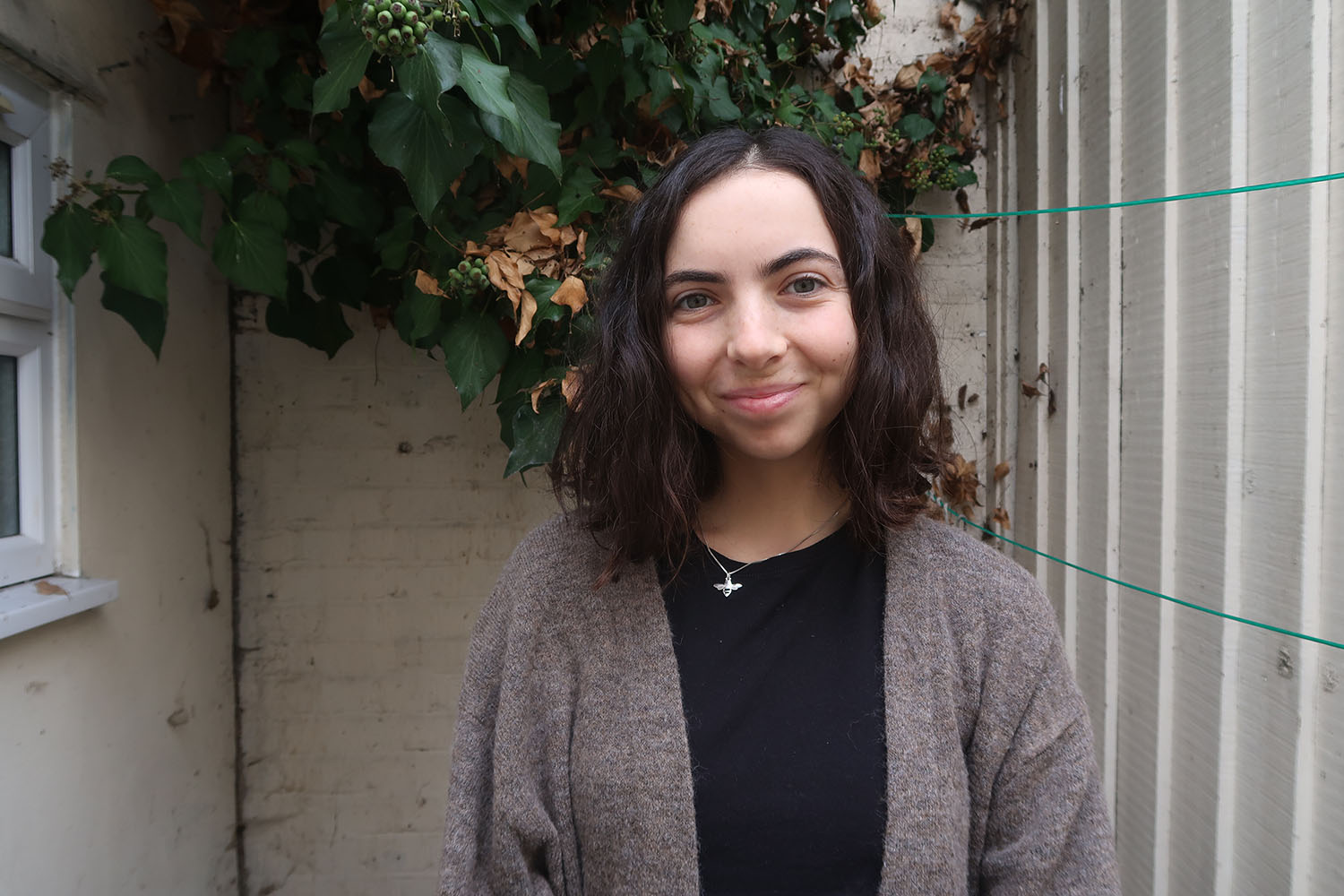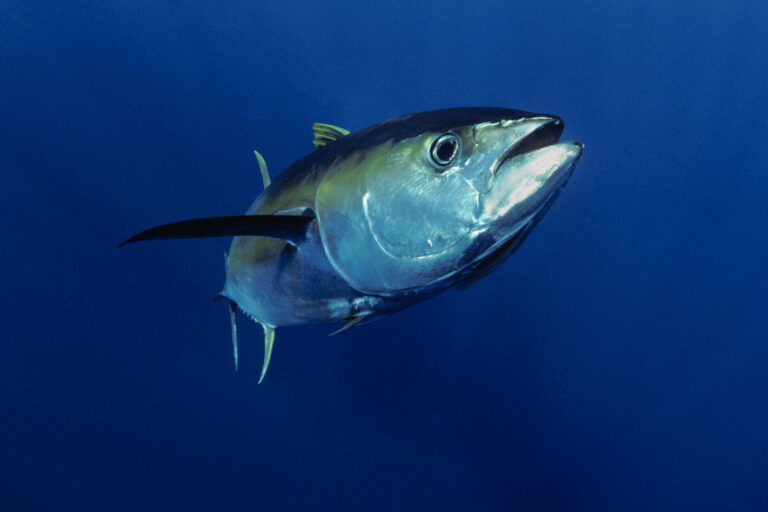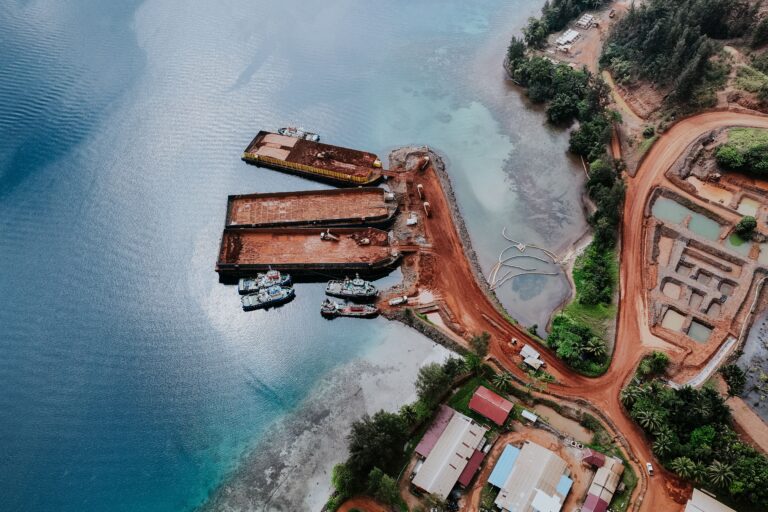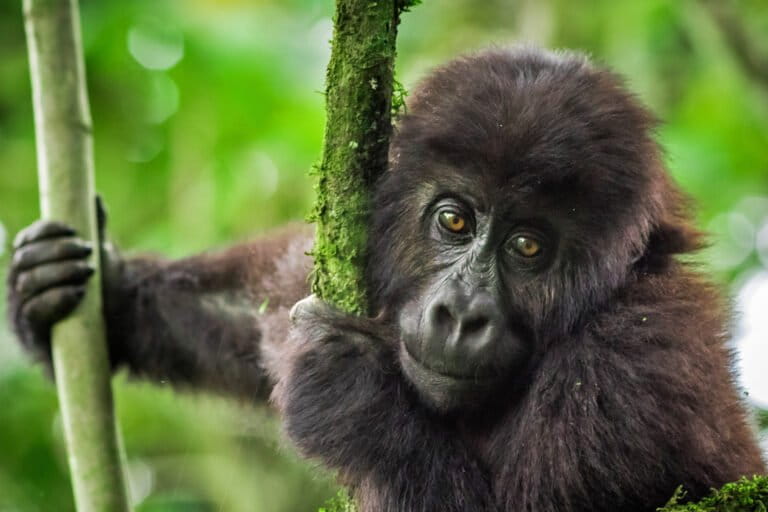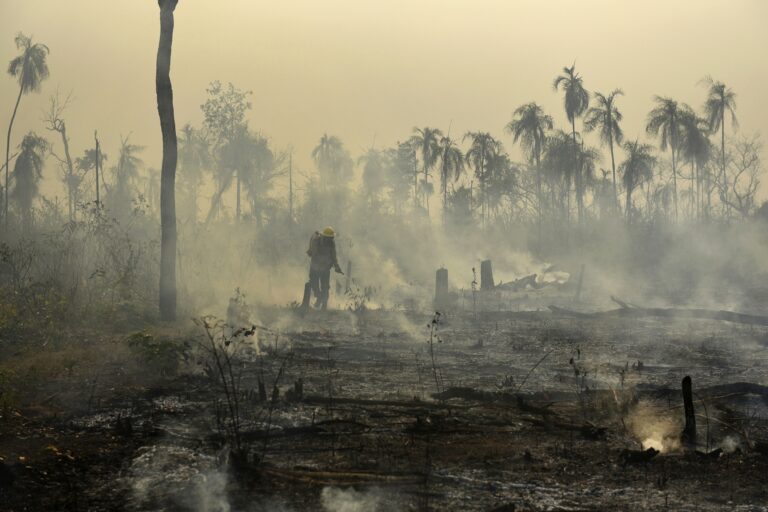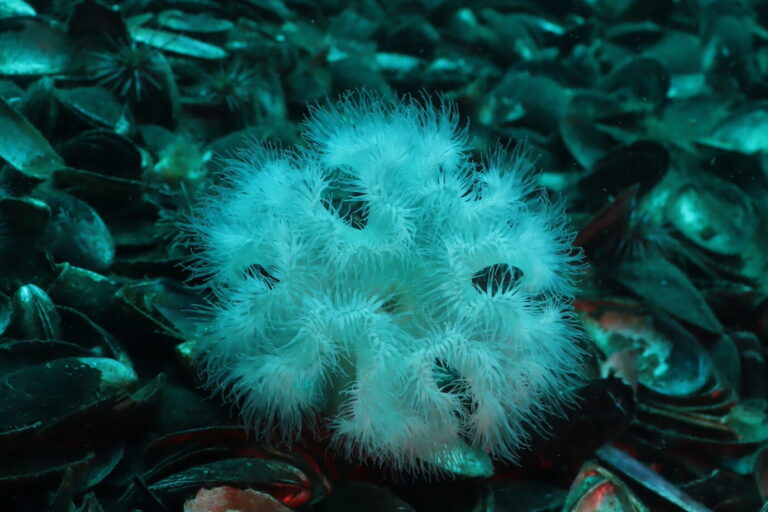- A program managed by the Norwegian Embassy in Brazil has recently changed its funding strategy to provide more direct finance to Indigenous-led funds, rather than through NGOs and multilateral agencies.
- By 2026, the program plans to invest 90% of its resources directly with Indigenous-led funds and associations through its Indigenous support program, NIPP.
- This is more than double the percentage of direct funding in 2025, 42%, and more than four times higher than in 2024.
- Internationally and in Brazil, Indigenous organizations are increasingly vocal about receiving direct funding to conserve their territories, protected areas, natural resources and traditional knowledge.
In recent years, the Norwegian Embassy in Brazil has shifted its funding strategy to channel more resources directly to Indigenous peoples in the country. By 2026, one of its programs plans to provide 91% of its annual funding directly to Indigenous-led funds and organizations, rather than through NGOs or multilateral agencies, an official told Mongabay.
The Norwegian Indigenous Peoples Programme (NIPP), which the embassy has managed since 2002, supports projects in Brazil that primarily focus on capacity building within Indigenous organizations, securing Indigenous rights, and promoting sustainable land management and gender rights. This program is one of several channels in Brazil that Norway’s International Climate and Forest Initiative (NICFI) uses to funnel funding to Indigenous initiatives, another being the Amazon Fund.
In 2023, $1.1 million, or 13%, of NIPP’s $8.7 million in available financing went directly to Indigenous peoples. The share has increased since then, to 20% in 2024 and an estimated 42% in 2025. By 2026, NIPP plans to more than double that share, channeling 56 million kroner ($5.5 million) directly to Indigenous-led organizations, according to Kristian Bengtson, a Swedish-Brazilian who manages of the Indigenous support program at the Norwegian Embassy.
Bengtson told Mongabay by email that under the new strategy, NIPP plans to prioritize long-term projects to ensure greater transformational changes, improve project designs to generate consistent impacts, and further strengthen capacity building to make Indigenous organizations “more resilient, lasting and effective.”

New project proposals are assessed by two program officers at the embassy in Brasília. These officers carry out workshops with the Indigenous organizations, in partnership with local consultants, to improve the design and conduct monitoring and evaluation work through the project cycle, Bengtson said.
One of the Indigenous-led funds that has benefited from the NIPP’s funding strategy is the Rio Negro Indigenous Fund (FIRN), an initiative by the Federation of Indigenous Organizations of Rio Negro (FOIRN). Alessandro dos Santos, the FIRN coordinator, told Mongabay by text message that since 2021, FIRN has provided communities in the Rio Negro region of Amazonas state with 3.4 million reais (about $625,000), supporting more than 20,000 people. NIPP also supports the Rutî Indigenous Fund, managed by the Indigenous Council of Roraima state.
“FIRN, through the support of the Norwegian embassy, has introduced a new way of implementing actions that give our [Indigenous] organizations autonomy in how they want to do things,” dos Santos said. “They have the opportunity to build together, collectively build a project, and propose it to FIRN.”
While a growing number of international funding programs are dedicated to Indigenous-led initiatives, only a small amount reaches communities directly. A report from funders of a $1.7 billion pledge to support the land rights of Indigenous and local communities, made at the 2021 U.N. climate conference, found that only 10.6%, or $55 million, of the total $521 million delivered in 2023 went directly to Indigenous peoples and local communities. While this is an increase over previous years, Indigenous rights advocates and leaders of these groups call for greater access to these funds.
“Just as their international peers, Brazilian [Indigenous and local community] organizations are increasingly vocal about their demands for direct funding,” Bengtson said.

He added the Amazon Fund was meant to bridge this gap. But since its establishment in 2008, the financial mechanism has supported only three representative Indigenous organizations in Brazil directly, according to the fund’s website. This is due to the complexity of projects designed, he said, as well as the strict formal compliance requirements and other issues.
A spokesperson at Brazil’s Indigenous affairs agency, Funai, told Mongabay by email that more direct funding to Indigenous peoples could contribute to the protection of territories, protected areas, natural resources and traditional knowledge, as well as support mitigation and adaptation to climate change, among other benefits.
“Indigenous Peoples and local communities hold or manage more than half of the world’s remaining intact forests, and evidence shows they’re among the most effective guardians of forests on the planet,” Tyala Ifwanga, forest governance campaigner at the Forests and the European Union Resource Network (Fern), told Mongabay by email. “Yet, despite having the capacity to play a key role in averting ecological collapse, they are shamefully overlooked when it comes to funding forest protection.”
Bengtson told Mongabay the NIPP has at times also faced challenges, and has learned lessons from these experiences. “Project monitoring is time-consuming and costly,” he said. “Establishing personal relationships and trust with local [Indigenous] associations and leaders is key.”
Banner image: Ashaninka Indigenous youth Tayriykari inspects cedar baby trees for reforestation in the Apiwtxa village, Acre state, Brazil, Monday, June 24, 2024. Image by AP Photo/Jorge Saenz.
How a quiet climate finance model is funneling money directly to communities
FEEDBACK: Use this form to send a message to the author of this post. If you want to post a public comment, you can do that at the bottom of the page.


